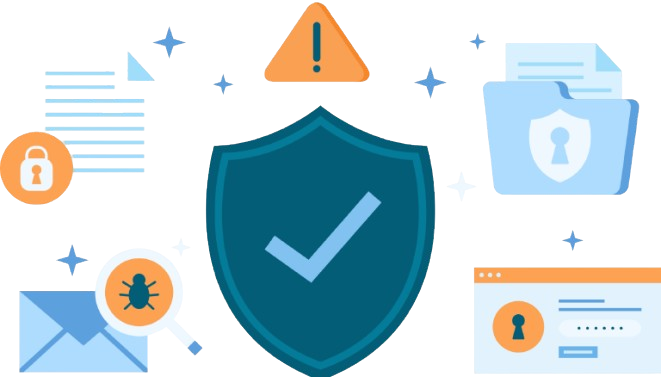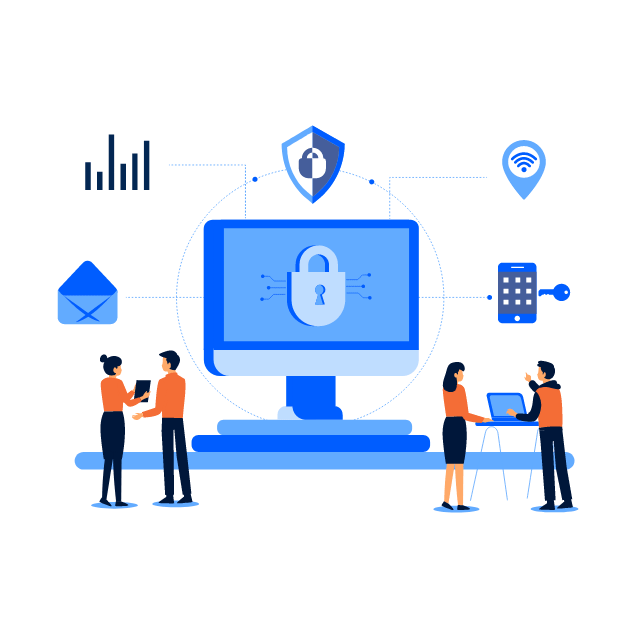Ready to get started?
Contact our team to find out how Kntrol can help with data security and compliance.
Zero Trust Security is a cybersecurity approach where all users, whether inside or outside the organization’s network (we talk about the insider endpoints), must be authenticated and authorized before accessing resources. It denies access by default and only grants access to authenticated users.

By using these features in a zero-trust framework, organizations can make sure only the right people access data and keep it safe from both inside and outside threats.

Keep track of what users do in the system, like when they log in, log out, or use sessions. This helps in checking actions and auditing if needed.
Capture screenshots and control what users can see on their screens to stop unauthorized access or bad behavior.
Manage USB and printing to stop people from using external devices or printing without permission, preventing data leaks.
Keep an eye on emails and web browsing to find any suspicious activity or unauthorized use, stopping threats like phishing or data leaks.
Decide which applications users can use based on their roles and permissions, reducing the risk of malware or unauthorized access.
Require an extra verification step besides passwords for user logins, making it harder for unauthorized access.
Track files and add marks to screenshots to find where sensitive files go and make sure data stays safe.
Get alerts for suspicious activities and decide which ones need immediate attention, helping in responding quickly to threats.
Set up rules for security and get reports on security events and rule violations to make sure everything follows security rules.
Contact our team to find out how Kntrol can help with data security and compliance.